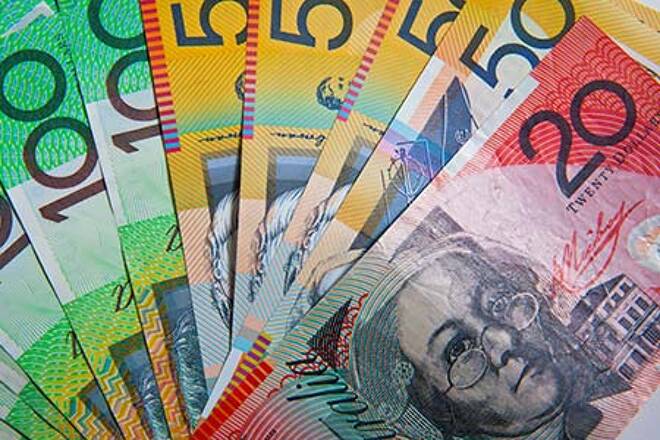Advertisement
Advertisement
AUD/USD and NZD/USD Fundamental Analysis – Forecast for the Week of September 26, 2016
By:
Mixed signals from two central banks led to two different results last week by the Australian and New Zealand Dollars. The AUD/USD finished the week at
Mixed signals from two central banks led to two different results last week by the Australian and New Zealand Dollars. The AUD/USD finished the week at .7621, up 0.0131 or 1.74%. The NZD/USD settled at .7241, down 0.002 or -0.33%.
The Reserve Bank of Australia minutes provided support early in the week after it pointed to near-term interest rate stability while leaving open the possibility of another interest rate cut down the line if conditions warrant such a move.
The minutes of the RBA’s September 6 meeting stated that economic data from Australia over the past month “had been broadly consistent with the forecasts published in the August Statement on Monetary Policy.”
The RBA minutes provided support for the AUD/USD because traders interpreted them to mean that interest rates are likely to remain on hold in the foreseeable future because growth remains in line with expectations, and the RBA remains comfortable with the housing market.
Although the Reserve Bank of New Zealand held its benchmark interest rate at 2.0 percent last Thursday, the New Zealand Dollar weakened because the central bank also reiterated that further easing will be required.
“Monetary policy will continue to be accommodative,” said Governor Graeme Wheeler in a statement. “Our current projections and assumptions indicate that further policy easing will be required to ensure that further inflation settles near the middle of the target range.”
FORECAST
Looking at the short-term, economic data from Australia will be light this week with RBA Assistant Governor Edey scheduled to speak on Wednesday. The Home Industry Administration will release New Home Sales data on Friday. Also on Friday, Private Sector Credit is expected to rise slightly to 0.5% from 0.4%.
Traders will also continue to react to last week’s Fed action. The U.S. central bank left interest rates unchanged, but hinted that it could raise rates in December if the labor market remains strong.
New Zealand Dollar investors face a trade balance report early Monday. The deficit is expected to grow to -730 million from -433 million. Last month, it was reported that New Zealand’s trade balance fell more-than-expected in July. The impact of the strong currency pushed exports down and led to a surge in imports.
Another increase in the deficit could pressure the NZD/USD because it will provide further evidence that the RBNZ needs to lower interest rates to make the currency a less-attractive investment. This could help increase demand for exports over the long-term.
About the Author
James Hyerczykauthor
James is a Florida-based technical analyst, market researcher, educator and trader with 35+ years of experience. He is an expert in the area of patterns, price and time analysis as it applies to futures, Forex, and stocks.
Did you find this article useful?
Latest news and analysis
Advertisement
